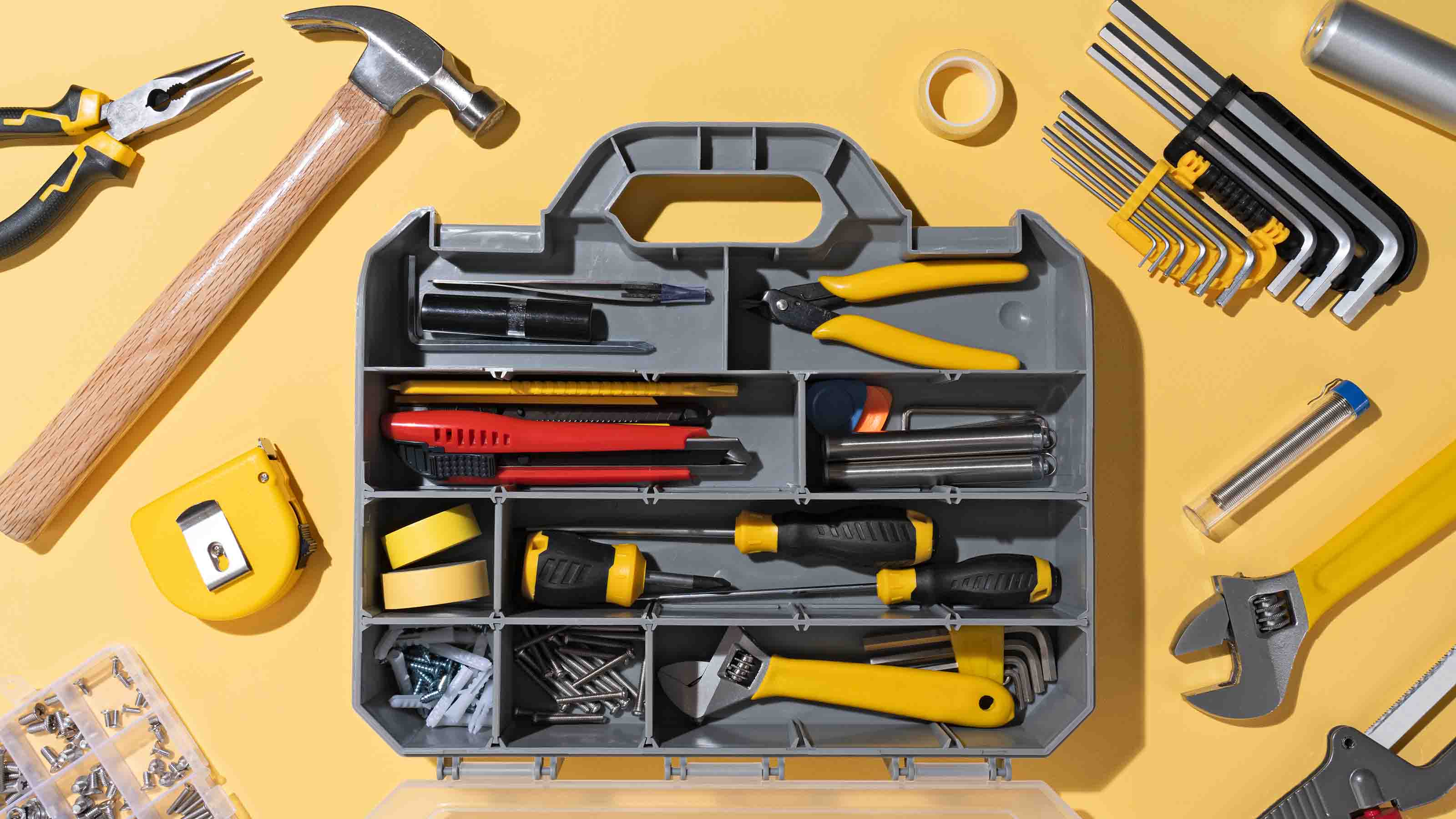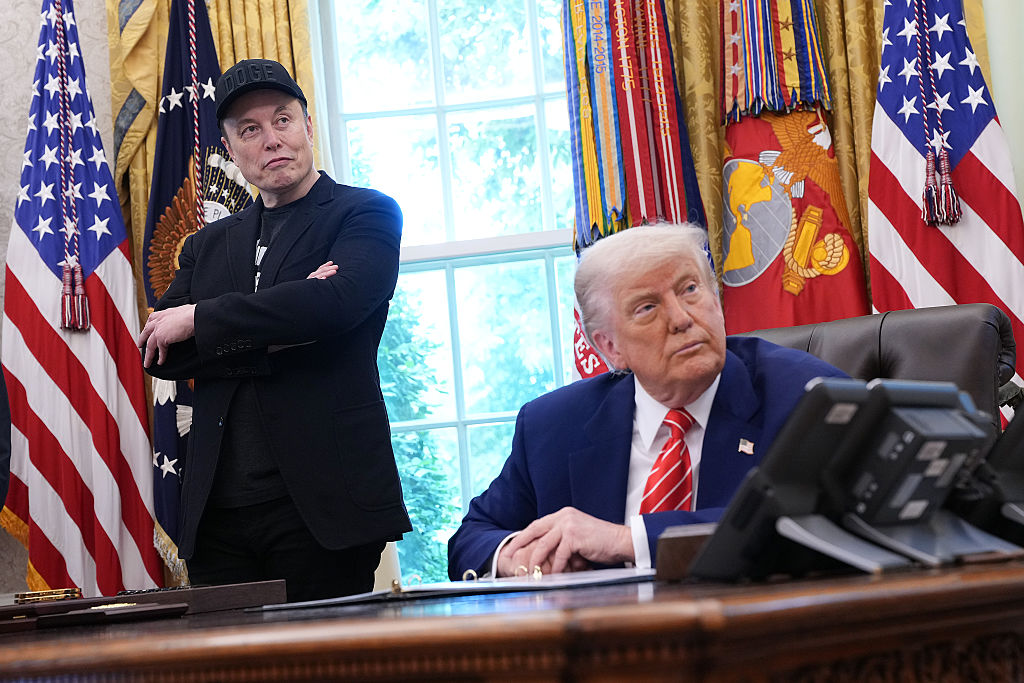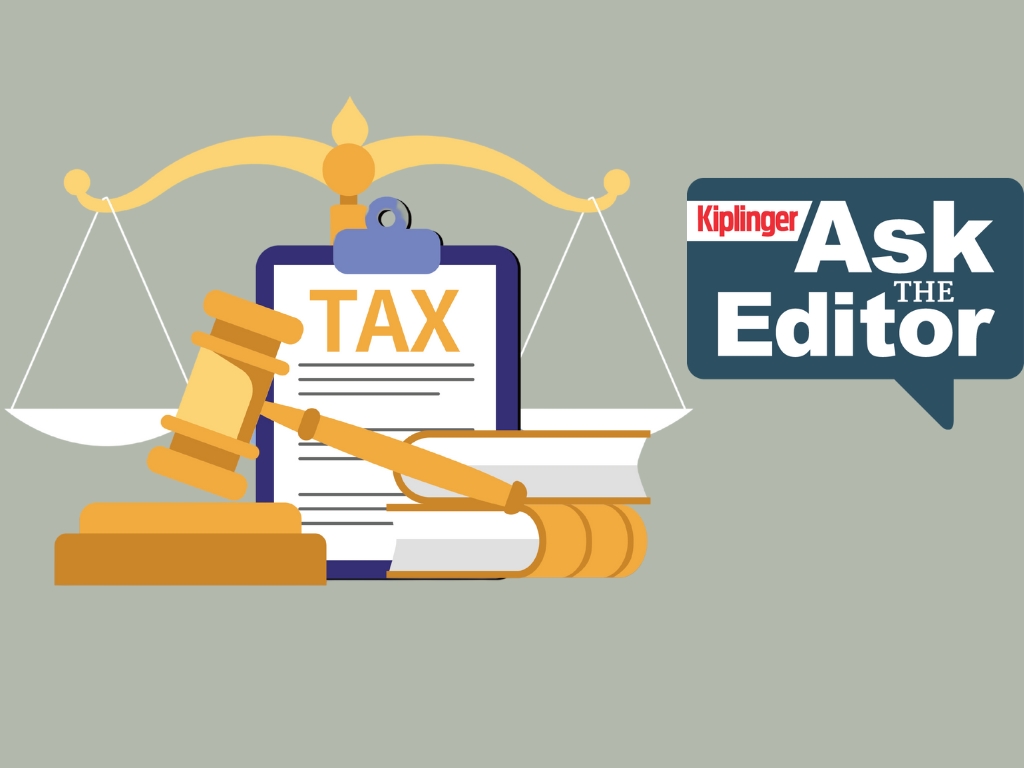Three Ways President Trump Could Impact the Economy
Some of Trump's top priorities could boost economic growth, but others risk fueling inflation.

To help you understand what is going on in politics and the economy, our highly experienced Kiplinger Letter team will keep you abreast of the latest developments and forecasts (Get a free issue of The Kiplinger Letter or subscribe). You'll get all the latest news first by subscribing, but we publish many (but not all) of our forecasts a few days afterward online. Here’s the latest...
How will Trump 2.0 shape the economy? President-elect Donald Trump will enter office on January 20, 2025, promising a mix of policies, some of them pro-growth and others that risk raising inflation. Some of them will be more doable, politically, than others. Trump, like all presidents, can do a great deal on his own. But some of his biggest plans require legislation.
Trump aside, the economy is fairly solid. Unemployment should remain low this year, as businesses pull back on hiring after the frenzy of the pandemic, but also refrain from big layoffs. Consumers figure to keep spending, as long as they feel secure about their jobs. The rise in stock and home prices also supports spending. (Of course, any sudden drop in the market or decline in home prices would have the opposite effect. We don’t foresee such a downturn on the horizon, but bear markets have a way of arriving suddenly.) Worker productivity is on the rise, helping to boost wages without necessarily fueling inflation.
So, Trump will have some winds at his back when he starts enacting some of his campaign ideas.

Sign up for Kiplinger’s Free E-Newsletters
Profit and prosper with the best of expert advice on investing, taxes, retirement, personal finance and more - straight to your e-mail.
Profit and prosper with the best of expert advice - straight to your e-mail.
1. Taxes
A growth-boosting tax bill is likely by year-end. But details remain in flux. Extending the expiring provisions of Trump’s 2017 tax cut is most probable. Additional corporate tax reductions could be on the table as part of the bill. Exempting overtime pay or Social Security benefits from tax is less likely, despite Trump’s campaign promises. Trump will need virtually every House GOPer to pass any tax bill since no Democrats will vote for it. And some House Republicans are likely to blanch at dramatically cutting taxes when the deficit is already so high. Whatever tax bill passes, expect most of it to take effect next year, not in 2025.
2. Tariffs
Another priority, tariffs, is an area where Trump can take action himself. He’s threatening sweeping tariffs, but we look to a more targeted strategy of asking trade partners for economic and diplomatic concessions to head off duties on most of their imports. That was his MO in his first term. Still, tariffs will increase to some extent and could jump broadly if targeted countries can’t reach agreements with Trump. Given that the U.S. is a net importer, higher tariffs will increase prices on some retail goods or business inputs, adding to inflation. But as with any tax bill, the impact may hit in 2026. Importers have been stockpiling in light of possible tariffs.
3. Immigration
On immigration, it’s unclear what Trump can do to deport unlawful migrants (more on that below). But large-scale deportations would tend to increase wages — good for lawful workers, but a hit for employers that could lead to price increases. Don’t be shocked if Trump prioritizes deporting migrants with criminal convictions, but rethinks broader deportations if they prove to be too economically disruptive.
President-elect Trump’s deportation agenda will be difficult to carry out. The biggest question relates to Trump’s promised use of the U.S. military to expedite the effort, an idea he in some ways trial-ran during his first term in office. Presidents have repeatedly been able to employ the National Guard at the southern border — Democrats and Republicans alike — even finding legal ways to circumnavigate the prohibition against the military enforcing domestic law. Trump may also use the regular military to house or transport some deportees. Declaring a national emergency may also help grease the wheels of funding.
Take note of the industries most vulnerable to an immigration crackdown: Construction, where an estimated 13.7% of the workforce is undocumented, including 39% of plasterers and stucco masons, 36% of drywall/ceiling tile installers and tapers, 36% of roofers, and 31% of painters and paperhangers, to name a few and agriculture, where 12.7% of workers are undocumented, including 28% of graders and sorters (the people who evaluate and classify agricultural products.)
This forecast first appeared in The Kiplinger Letter, which has been running since 1923 and is a collection of concise weekly forecasts on business and economic trends, as well as what to expect from Washington, to help you understand what’s coming up to make the most of your investments and your money. Subscribe to The Kiplinger Letter.
Related Stories
- Can a President Fix Inflation? Here's What Donald Trump Could Do
- Trump's Stances on Social Security and Medicare
- 5 Ways the Second Trump Term Could Affect Your Finances
- Trump Pushes for ‘One Big, Beautiful Bill’ With Focus on Tax Cuts
Profit and prosper with the best of Kiplinger's advice on investing, taxes, retirement, personal finance and much more. Delivered daily. Enter your email in the box and click Sign Me Up.

David is both staff economist and reporter for The Kiplinger Letter, overseeing Kiplinger forecasts for the U.S. and world economies. Previously, he was senior principal economist in the Center for Forecasting and Modeling at IHS/GlobalInsight, and an economist in the Chief Economist's Office of the U.S. Department of Commerce. David has co-written weekly reports on economic conditions since 1992, and has forecasted GDP and its components since 1995, beating the Blue Chip Indicators forecasts two-thirds of the time. David is a Certified Business Economist as recognized by the National Association for Business Economics. He has two master's degrees and is ABD in economics from the University of North Carolina at Chapel Hill.
-
 New Trump Incentive Could Help Donors Avoid Capital Gains Tax
New Trump Incentive Could Help Donors Avoid Capital Gains TaxTax Policy As U.S. Senate Republicans mark up their version of the One Big Beautiful Bill Act, one provision could give some donors a major tax break.
-
 2025 SALT Cap Could Hurt Top 'Hidden Home Cost'
2025 SALT Cap Could Hurt Top 'Hidden Home Cost'Tax Deductions The latest GOP tax bill might make hidden homeowner costs worse for you. Here’s how.
-
 Blue Collar Workers Add AI to Their Toolboxes
Blue Collar Workers Add AI to Their ToolboxesThe Kiplinger Letter AI can’t fix a leak or install lighting, but more and more tradespeople are adopting artificial intelligence for back-office work and other tasks.
-
 Who Will Replace Jerome Powell as Fed Chair?
Who Will Replace Jerome Powell as Fed Chair?Buzz is building that President Trump could announce Fed Chair Powell's replacement sooner rather than later, even though his term doesn't end until next year.
-
 Trump Tariffs Make 2025 Father’s Day Gifts Pricier: What to Know
Trump Tariffs Make 2025 Father’s Day Gifts Pricier: What to KnowTariffs Popular Father’s Day gift ideas like grills, clothing, and fishing gear are facing price hikes this year. Here's what to know before you shop.
-
 June Fed Meeting: Updates and Commentary
June Fed Meeting: Updates and CommentaryThe June Fed meeting was a key economic event, with Wall Street keyed into what Fed Chair Powell & Co. have to say about interest rates and the economy.
-
 America's Surprising Strengths in Manufacturing and Exports
America's Surprising Strengths in Manufacturing and ExportsThe Kiplinger Letter Despite common perceptions that the U.S. doesn't build things anymore, American factories are still hard at work. A special report from The Kiplinger Letter.
-
 Stock Market Today: Good Feelings and Solid Data Lift Stocks
Stock Market Today: Good Feelings and Solid Data Lift StocksResilience and de-escalation defined another generally positive day for financial markets.
-
 Stock Market Today: Tesla Drags on Stocks Amid Musk-Trump Feud
Stock Market Today: Tesla Drags on Stocks Amid Musk-Trump FeudSentiment has soured between President Trump and his once-loyal ally, Tesla CEO Elon Musk.
-
 Ask the Editor, May 30: Questions on the One Big Beautiful Bill
Ask the Editor, May 30: Questions on the One Big Beautiful BillAsk the Editor In this week's Ask the Editor Q&A, we answer tax questions from readers on the House-passed “One Big Beautiful Bill.”